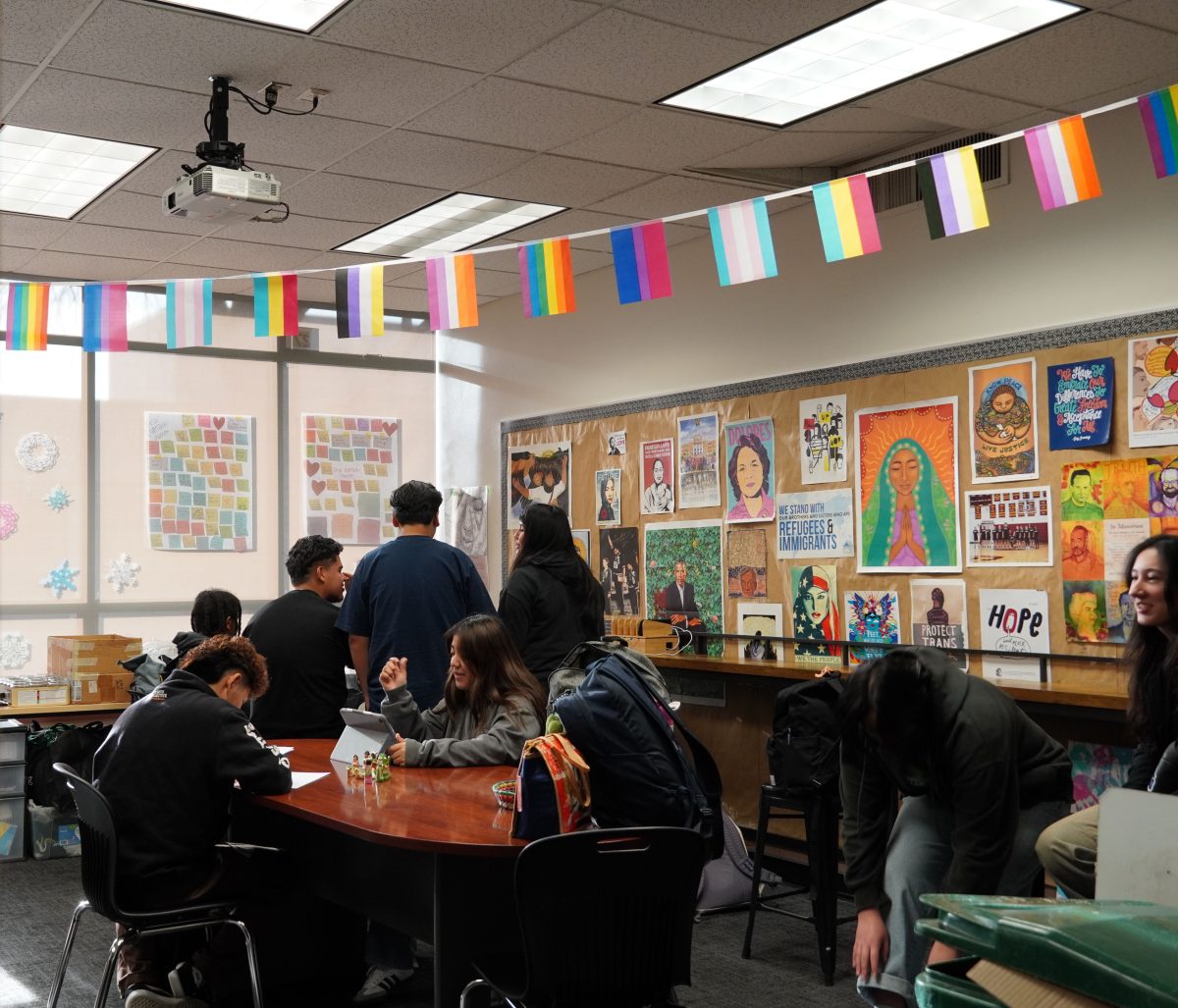Pow-wows and gurus. Fox-eye-liner and box braids on vacation. Cultural appropriation is rampant in popular culture, and worse, some people who are actively causing harm might not even know that they are participating in appropriation.
Director of the Diversity, Equity and Inclusion office, Ms. Montez, wants to ensure that Jesuit never allows appropriation to become a cultural norm. For her, the first step in prevention is education. Ms. Montez has developed a carefully worded and comprehensive definition of appropriation for use at Jesuit, with the hope that students can turn to it in uncertainty.
According to Ms. Montez, appropriation is “taking traditional knowledge or cultural expression from someone else’s culture without permission for gain”.
Examples of appropriation that fit this definition range from appropriative phrases to features of culture that become fashion trends. Jesuit senior and leader of the Mixed and Multicultural club, Emma America, has noticed a recent uptick in people donning traditional Chinese clothing, like qipaos. The qipao has been a staple of Chinese culture since the early 17th century, and is only worn on particularly auspicious occasions, like weddings and other formal events (The Collector). Problematically, their sleek high necklines and flattering silhouettes have led to fascination from non-Chinese admirers.
Common criticisms of accusations of appropriation stem from frustration with a perceived censoring, and the tendency to “identity politics and knee- jerk nastiness” (British GQ). However, America would argue that the defense reflex stems from the same cause as the appropriation itself: a lack of education.
“It’s easier to have empathy for people you’re appropriating from when you understand the history of oppression,” America said.
One of the primary goals of the DEI office is to allow students access to that education.
“I want to show kids through history and media how appropriation has affected communities of color and other marginalized groups,” Montez said.
In fact, the DEI office has a preset procedure for confronting events of appropriation. When problematic incidents occur, involved students will be directed to the DEI office to engage in critical and informed conversations about the impact of their actions, the history behind them, and what will change to ensure Jesuit has a future as a supportive, empathetic school environment.
In addition to their always open doors, DEI functions as the support team for many of Jesuit’s affinity clubs, and hosts their own events and campaigns for recognizing campus diversity, and offering education to interested students. One of the most important functions of these events is that education allows people to begin appreciating culture, rather than appropriating it.
Contrary to appropriation, Ms. Montez defines appreciation as “being able to recognize that you’re a student of a culture…being able to say ‘wow this is awesome’, and I’m here to learn.”
In short, appreciation is the humility to accept your position as an outsider, and, when invited, be willing to listen and learn, before participating yourself.
Though Jesuit encourages seeking out new cultural experiences, it’s important to recognize that being a student of culture doesn’t equate to having experienced the same issues as members of that culture, and it is still possible to appropriate unintentionally.
Offering advice, America said, “If you think it’s in the gray area, probably don’t do it. Or, have a conversation with someone of that culture about why it’s on the line.”
One excellent place to explore conversations about culture and ambiguities around appropriation is the DEI office.
Ms. Montez said, “I love to talk with students about difficult topics.”
Located across from the Dieringer office in sophomore hall, “[DEI’s] door is always open” (Montez).










